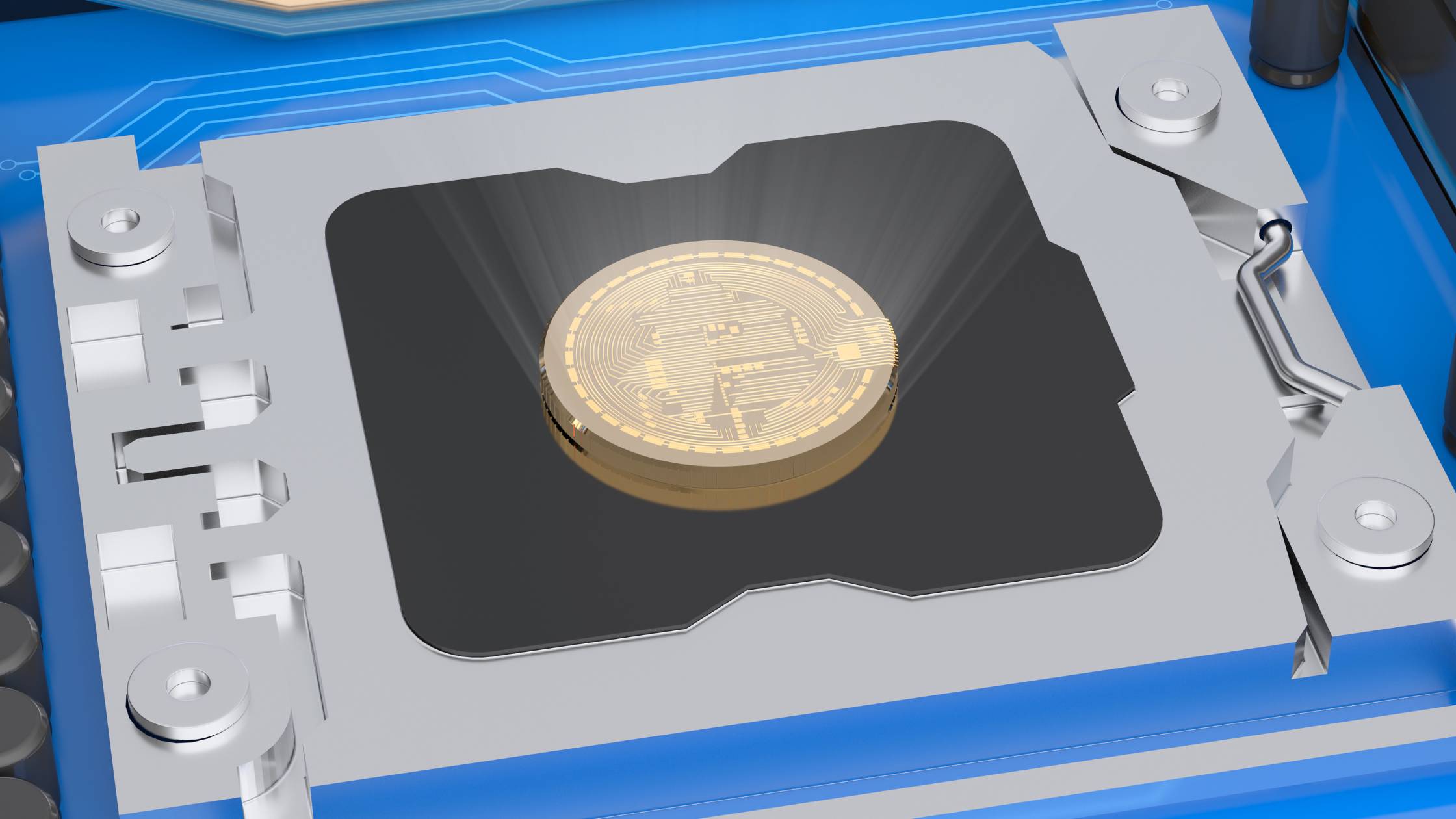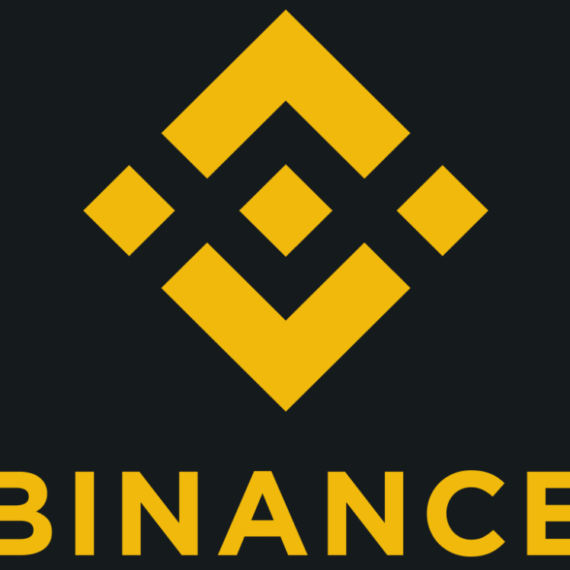
The Future of Money: Exploring the Potential of Digital Currency and Blockchain Technology
We live in an increasingly digital world, and the way in which we pay for goods and services is no exception. In recent years, digital currency and blockchain technology have emerged as potential game-changers in the world of payments. In this blog post, we’ll be exploring the potential of digital currency and blockchain technology, as well as strategies for investing in them. We’ll also discuss the effects of these technologies on our economy, finance, and investments, as well as the challenges they face. Finally, we’ll explore the regulations and policies around digital currency, and look to the future of digital currency and blockchain technology.
Table Of Contents
- Introduction to Digital Currency and Blockchain Technology
- What is digital currency?
- What is blockchain technology?
- The Potential of Digital Currency and Blockchain Technology
- Strategies for Investing in Digital Currency and Blockchain Technology
- Effects of digital currency and blockchain technology on economics, finance, and investments
- Challenges Facing Digital Currency and Blockchain Technology
- Regulations and Policies Around Digital Currency
- The Future of Digital Currency and Blockchain Technology
- Conclusion
Introduction to Digital Currency and Blockchain Technology
Digital currency and blockchain technology are two of the most disruptive forces in the world of payments today.
Digital currency is a form of money that exists only in digital form and is not backed by any government or central bank.
Blockchain technology, on the other hand, is a distributed ledger technology that is used to track and store transactions on a secure, public ledger.
Together, these two technologies have the potential to revolutionize the way we pay for goods and services and to revolutionize the world of banking and finance.
What is Digital Currency?
Digital currency is a currency that exists only in digital form and is not backed by any government or central bank. It can be used to purchase goods and services online, or stored as an investment.
Bitcoin is one of the most popular digital currencies, but many other cryptocurrencies are gaining popularity, such as Ethereum, Litecoin, and Cardano.
Digital currency differs from traditional currency in several ways.
First, it is not backed by any government or central bank, so the market forces of supply and demand determine its value.
Second, it is not subject to inflation, as it is not tied to any government or central bank.
Finally, digital currency transactions are secure, anonymous, and fast, making them ideal for online purchases.
What is Blockchain Technology?
Blockchain is a distributed ledger technology used to track and store transactions on a secure, public ledger. It is a decentralized system, meaning that it does not rely on any one central authority to process transactions. Instead, it operates on a peer-to-peer network, allowing for secure and anonymous transactions.
Blockchain technology has many potential applications, ranging from banking and finance to healthcare and supply chain management.
In the world of payments, blockchain technology can be used to facilitate secure and anonymous transactions, as well as to track and store transaction data.
You can learn more about blockchain technology in this blog post here.
The Potential of Digital Currency and Blockchain Technology
Digital currency and blockchain technology have the potential to revolutionize the way we pay for goods and services. Digital currency can be used to purchase goods and services online, as well as to store them as an investment.
Blockchain technology can be used to facilitate secure and anonymous transactions, as well as to track and store transaction data.
These technologies are also making it easier for people to move money around the world, allowing for increased access to global markets. They also allow for secure and anonymous transactions, making them ideal for online purchases.
Finally, they have the potential to reduce costs associated with banking and finance, making them attractive to both businesses and consumers.

Strategies for Investing in Digital Currency and Blockchain Technology
There are several strategies for investing in digital currency and blockchain technology.
First, it is important to do your research. Investing in digital currency and blockchain technology can be risky, so it is important to understand the risks associated with each investment. It is also important to diversify your investments, as digital currency and blockchain technology can be volatile.
Another important strategy is to invest in projects that have a long-term vision. Investing in projects that have a long-term goal can help to mitigate some of the risks associated with digital currency and blockchain technology.
Finally, it is important to keep up with news and changes in the industry, as regulations and policies can have a major impact on the value of digital currencies and blockchain technologies.
⬇️ EXCHANGES TO INVEST IN CRYPTO ⬇️
Effects of digital currency and blockchain technology on economics, finance, and investments
The effects of digital currency and blockchain technology on economics, finance, and investments are complex and far-reaching.
On the one hand, these technologies can reduce costs associated with banking and finance, making them attractive to businesses and consumers.
On the other hand, the use of digital currency and blockchain technology may lead to increased risk and volatility in the markets.
In addition, digital currency and blockchain technology have the potential to disrupt the traditional banking system through DeFi, leading to increased competition and innovation in the banking sector. This could lead to a decrease in fees and interest rates, as well as improved access to banking and financial services.
Finally, digital currency and blockchain technology could have a major impact on the global economy, leading to increased efficiency and transparency in global markets.
Challenges Facing Digital Currency and Blockchain Technology
Despite the potential of digital currency and blockchain technology, several challenges must be addressed for these technologies to revolutionize how we truly pay for goods and services.
First, there is the issue of security. Digital currency and blockchain technology must be secure to protect users and their funds. Additionally, there must be measures in place to prevent fraud and cybercrime.
Another challenge is scalability. As a digital currency and blockchain technology become more popular, the networks must be able to handle an increasing amount of transactions.
Finally, there is the issue of regulation. Digital currency and blockchain technology must be regulated to ensure that they are used safely and responsibly.
Regulations and Policies Around Digital Currency
As digital currency and blockchain technology become more popular, governments and regulatory bodies are beginning to take notice.
In the United States, the Financial Crimes Enforcement Network (FinCEN) has issued guidance on regulating the digital currency. This guidance includes requirements for digital currency exchanges and other businesses dealing in digital currency.
Other countries have also begun to take action. The European Union has issued a series of regulations around digital currency and legislation to protect consumers and prevent money laundering.
Additionally, many countries are developing their digital currencies, CBDC (central bank digital currency), such as the Chinese digital yuan.
The Future of Digital Currency and Blockchain Technology
The future of digital currency and blockchain technology is still uncertain. Still, one thing is for sure – these technologies have the potential to revolutionize the way we pay for goods and services.
As more countries adopt digital currency and blockchain technology, we can expect to see increased efficiency and transparency in global markets.
Additionally, digital currency and blockchain technology could pave the way for increased access to banking and financial services and decreased fees and interest rates.
As these technologies continue to evolve, it is crucial to stay informed and to make sure to invest in projects that have a long-term vision.
Additionally, it is important to be aware of regulations and policies around digital currency and blockchain technology, as these can have a major impact on their value and use.
Finally, it is important to keep up with news and changes in the industry, to stay on top of the latest developments.
Conclusion
Digital currency and blockchain technology have the potential to revolutionize the way we pay for goods and services.
These technologies can reduce costs associated with banking and finance, and can increase efficiency and transparency in global markets.
Additionally, they can lead to increased access to banking and financial services, as well as a decrease in fees and interest rates.
As these technologies continue to evolve, it is important to stay informed and to make sure to invest in projects that have a long-term vision.
Additionally, it is important to be aware of regulations and policies around digital currency and blockchain technology, as these can have a major impact on their value and use.
You can learn more about money, blockchain and digital currencies in my courses or by scheduling a one-on-one coaching call with me.









